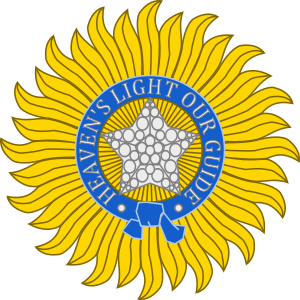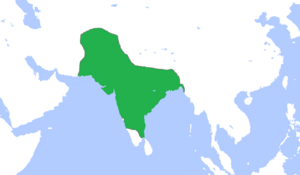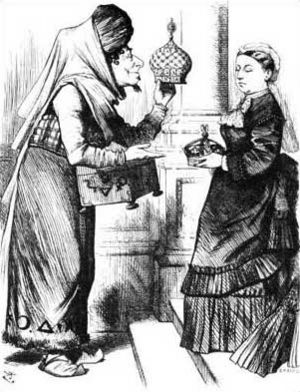Emperor of India facts for kids
The title Emperor/Empress of India was a special name used by rulers connected to India. It was first used by the last Mughal emperor, Bahadur Shah II. Later, it was also used by the British kings and queens who ruled India during the British Raj.
Sometimes, people also use "Emperor of India" to talk about powerful Indian rulers from the past, like Ashoka the Great from the Maurya Empire or Emperor Akbar the Great from the Mughal Empire. However, these ancient rulers did not actually use this specific title for themselves.
Contents
The Last Mughal Emperor: Bahadur Shah II
The Mughal Empire ruled over a large part of India starting in the 1500s. Their rulers simply used the title badshah, which means something similar to "emperor" in the West.
However, during the Indian Rebellion of 1857 against British rule, Indian soldiers (called sepoys) took control of Delhi. They declared the Mughal ruler, Bahadur Shah II, as Badshah-i Hind, meaning "Emperor of India."
After the British won the rebellion, they captured Bahadur Shah II. He was sent away to live in Rangoon, Burma, in 1858. This event marked the end of the Mughal Empire's rule in India.
British Monarchs as Emperors of India
After the British East India Company ended the Mughal Empire, the British decided to take the title "Empress of India." Queen Victoria became the first to use this title on May 1, 1876.
The British Prime Minister, Benjamin Disraeli, is often given credit for suggesting this new title for Queen Victoria. One reason for creating the title was that Queen Victoria's daughter, Victoria, Princess Royal, was going to become an empress when her husband became the German emperor. Many people thought it was strange for the daughter to be an empress while her own mother was only a Queen.
When Queen Victoria passed away, her son Edward VII became king. His title then changed to "Emperor of India." This title continued to be used by British monarchs until India and Pakistan became independent from the United Kingdom. This happened at midnight on August 14/15, 1947.
When signing official papers for Indian matters, British kings and queens used special initials after their names. They would write R I (which stood for Rex/Regina Imperator/Imperatrix, meaning King/Queen Emperor/Empress) or the shorter Ind. Imp. (for Indiae Imperator/Imperatrix). These initials also appeared on many British coins, even some from 1948 during the reign of George VI.
Kings of India and Pakistan
After India gained independence, George VI continued to hold the title King of India for two more years. This was during the time when Lord Mountbatten and C. Rajagopalachari served as Governor-Generals. India officially became a republic on January 26, 1950.
George VI remained the King of the United Kingdom and also the King of Pakistan until he died in 1952. Pakistan became a republic on March 23, 1956. Before that, Elizabeth II was the Queen of Pakistan for four years.
Related pages
Images for kids
See also
 In Spanish: Anexo:Emperadores de la India para niños
In Spanish: Anexo:Emperadores de la India para niños







